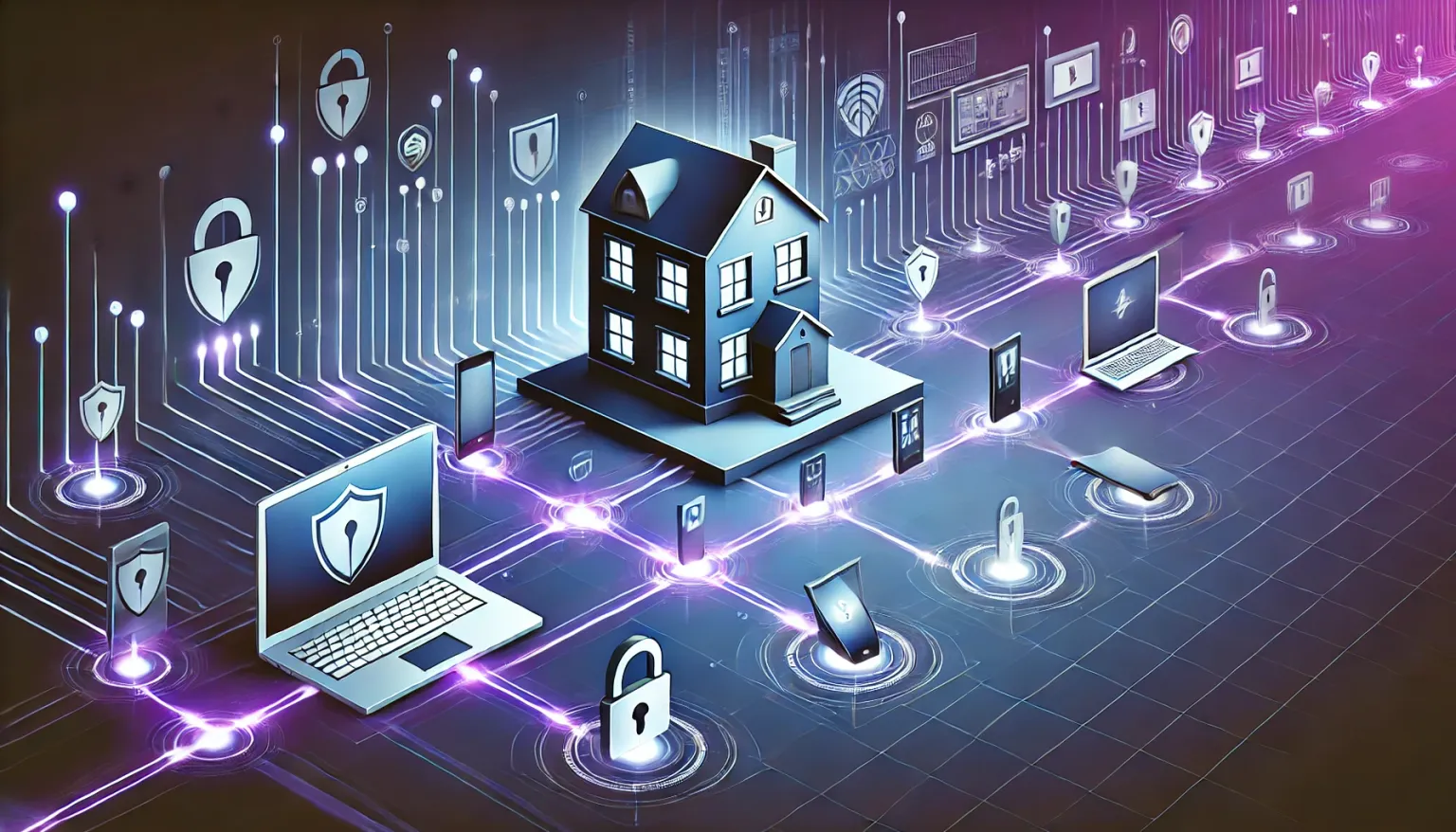Access Local Network Remotely: A Complete Guide for Secure Connections
Discover how to access your local or home network remotely. Learn step-by-step methods, remote router access, and tips for connecting devices from anywhere.

In today’s interconnected world, the ability to access your local network remotely has become increasingly important. Whether you’re a professional needing to access work resources from home, a tech enthusiast managing a home server, or simply someone who wants to reach their files from anywhere, remote network access is a powerful tool. This comprehensive guide will explore the ins and outs of accessing your local network remotely, with a focus on using LocalXpose for secure and efficient connections.
Table of contents
- What is remote network access?
- Why would you need to access your local network remotely?
- Common methods for remote network access
- How LocalXpose simplifies remote network access
- Setting up remote access with LocalXpose
- Security considerations for remote network access
- Troubleshooting common remote access issues
What is remote network access?
Remote network access refers to the ability to connect to a local network from a distant location, typically over the internet. This technology allows users to interact with devices, access files, and use resources on their home or office network as if they were physically present.
Why would you need to access your local network remotely?
There are numerous scenarios where remote network access can be invaluable:
- Work from home: Access office resources and files securely from your home office.
- Manage home automation: Control smart home devices when you’re away.
- Access media servers: Stream your personal media collection from anywhere.
- Troubleshoot network issues: Provide remote IT support for family or colleagues.
- Monitor security systems: Keep an eye on your property through security cameras.
Common methods for remote network access
Several traditional methods exist for accessing local networks remotely:
- VPN (Virtual Private Network): Creates an encrypted tunnel between your device and the local network.
- Remote Desktop Protocol (RDP): Allows you to control a computer on the local network.
- SSH (Secure Shell): Provides command-line access to network devices.
- Port forwarding: Configures your router to allow incoming connections to specific devices.
While these methods can be effective, they often require complex setup processes and may introduce security vulnerabilities if not configured correctly.
How LocalXpose simplifies remote network access
LocalXpose offers a modern, user-friendly approach to remote network access. As a reverse proxy solution, LocalXpose allows you to expose your local services to the internet securely, without the need for complex network configurations. Here’s how it simplifies the process:
- No port forwarding required: LocalXpose eliminates the need to configure your router or firewall.
- Automatic HTTPS: Secure connections are provided out of the box, protecting your data in transit.
- Easy setup: With a simple command-line interface, you can expose local services in minutes.
- Customizable subdomains: Access your network using memorable, custom domain names.
- Access control: Implement authentication and IP whitelisting to restrict access to authorized users.
Setting up remote access with LocalXpose
To set up remote access to your local network using LocalXpose, follow these steps:
- Install LocalXpose: Install LocalXpose on any device running within your local network.
- Create a tunnel: Use the LocalXpose CLI to create a tunnel to the desired local service. For example:
loclx tunnel http --to localhost:8080- Access your network: Use the provided LocalXpose URL to access your local service from anywhere.
For more detailed instructions on setting up specific services, check out our tutorials on exposing local web servers or accessing Raspberry Pi remotely.
Security considerations for remote network access
When setting up remote access to your local network, security should be a top priority. Consider the following best practices:
- Use strong authentication: Implement multi-factor authentication when possible.
- Encrypt all traffic: Ensure that all remote connections are encrypted using HTTPS or SSH.
- Limit access: Only expose the necessary services and use LocalXpose’s access control features.
- Keep software updated: Regularly update LocalXpose and all network devices to patch security vulnerabilities.
- Monitor access logs: Regularly review logs to detect any suspicious activity.
LocalXpose provides built-in security features like HTTPS encryption and access control, making it easier to implement these best practices.
Troubleshooting common remote access issues
If you encounter issues while trying to access your local network remotely, consider these troubleshooting steps:
- Check your internet connection: Ensure both the local network and remote device have stable internet connections.
- Verify LocalXpose status: Make sure the LocalXpose tunnel is active and running correctly.
- Review firewall settings: Confirm that your firewall isn’t blocking the LocalXpose connection.
- Test locally first: Verify that the service you’re trying to access works correctly on the local network.
- Check for IP conflicts: Ensure there are no IP address conflicts on your local network.
For more detailed troubleshooting guidance, refer to our common errors documentation.
Accessing your local network remotely opens up a world of possibilities, from seamless remote work to enhanced home automation control. By leveraging the power of LocalXpose, you can establish secure, efficient remote connections without the complexities of traditional methods. As you implement remote access solutions, always prioritize security to protect your valuable data and resources. With the right tools and practices in place, you can enjoy the benefits of a truly connected digital life, accessing your local network from anywhere in the world.